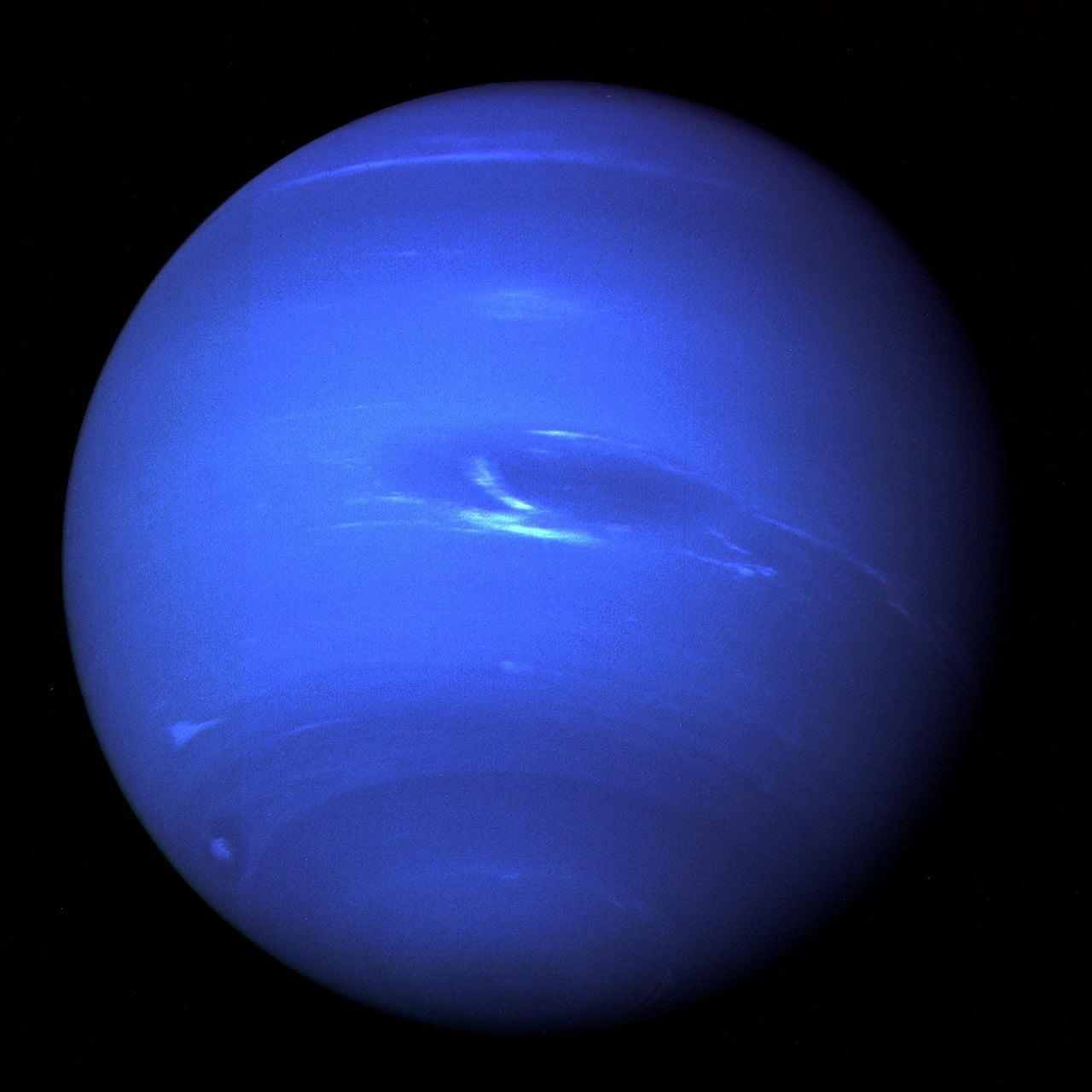Scientists have created a new superionic ice that behaves like a cross between a liquid and a solid, giving researchers further insight into the surface of Neptune and Uranus.
Superionic Ice
While researchers had predicted the existence of such a substance all the way back in 1988, this is the first instance that superionic ice has been produced in an actual experiment.
The Independent reports that Dr Marius Millot, a physicist at Lawrence Livermore National Laboratory in California and leader of the study, stated “These are very challenging experiments, so it was really exciting to see that we could learn so much from the data…especially since we spent about two years making the measurements and two more years developing the methods to analyse the data.”
“Our work provides experimental evidence for superionic ice and shows that these predictions were not due to artefacts in the simulations, but actually captured the extraordinary behaviour of water at those conditions.”
The new technique developed in order to create the superionic ice is labeled “laser-driven shock compression,” and was able to not only confirm the existence of this liquid-solid hybrid, but also to verify previous predictions about the composition of planets such as Neptune and Uranus.
The recent groundbreaking research was published in the journal Nature Physics.
Study and Results
The Independent reports that while normal ice consists of water molecules that are linked together in a tight structure to form a solid, superionic ice is made up of ions that carry positive or negative charges. More specifically, this hybrid between liquid and solid is made up of hydrogen ions that flow between solid crystal made from oxygen ions.
While traditional ice needs freezing temperatures to form, superionic ice actually requires incredibly high temperatures to form as well as high pressures. The research team was able to create the substance with a temperature of nearly 5000C and at two times atmospheric pressure.
The superionic ice wasn’t around for long, however, forming and disappearing within 10 to 20 nanoseconds.
The idea of superionic ice is significant because it calls into question what we know about the formation of ice. Traditionally, cold temperatures cause crystalline structures to form as the molecules of water freeze in place. The fact that these incredibly high temperatures could form a sort of superionic ice explains that we may see similar substances in high-temperature areas of Uranus and Neptune.
Professor Raymond Jeanloz, the co-author of the paper, based at the University of California, Berkeley, also commented on the results.
“Magnetic fields provide crucial information about the interiors and evolution of planets, so it’s gratifying that our experiments can test – and in fact, support – the thin-dynamo idea that had been proposed for explaining the truly strange magnetic fields of Uranus and Neptune…It’s also mind-boggling that frozen water ice is present at thousands of degrees inside these planets, but that’s what the experiments show.”
While forming superionic ice for a fraction of a second might not seem significant, the real takeaway from this experiment is a better understanding of the conditions on foreign planets. What was theorized for decades has now been proven to be possible. The practical applications of this knowledge remain to be seen.





